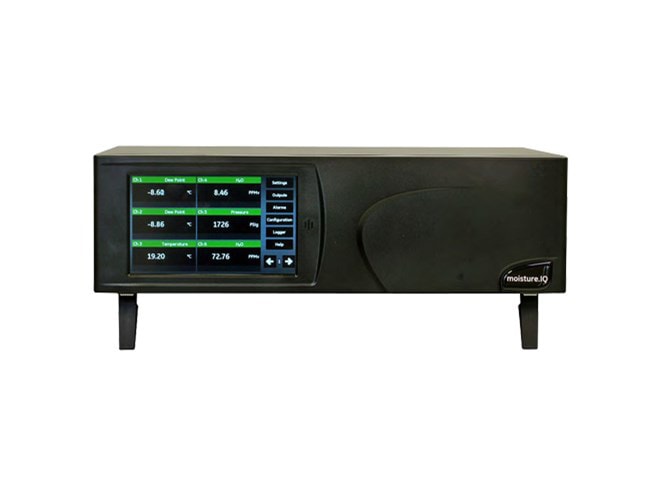Moisture Monitoring: Protecting Natural Gas Infrastructure
Natural gas is a critical energy resource distributed through an extensive network of pipelines, storage tanks, and underground caverns. The Liquefied Natural Gas market was valued at $101 billion in 2023 and is expected to grow to $858 billion by 2032. However, one silent threat to this infrastructure and industry is moisture – a seemingly innocuous substance that can cause significant operational challenges and financial losses for gas suppliers.
Excess moisture in natural gas can lead to multiple critical problems. When water is present, it can condense into liquid or form ice in cold climates, potentially blocking pipeline flow. Even more concerning, moisture can combine with gases like Carbon Dioxide and Hydrogen Sulfide to accelerate corrosion, compromising pipeline integrity. Additionally, water content directly impacts the heating value of natural gas, reducing its quality and economic value.
Regulatory standards are strict about moisture content. In the United States, the maximum allowable moisture is 7 pounds per million standard cubic feet, while European standards specify a -8°C dew point at 70 Bar(a). Suppliers who exceed these limits risk being "shut in" – a scenario that translates directly to lost revenue. This makes continuous, accurate moisture monitoring not just a technical necessity, but a critical business imperative.

Panametrics offers a comprehensive suite of solutions to address these challenges. Their product offering includes the HygroPro II and HygroPro XP Transmitters, which provide direct moisture measurement and signaling, and the moisture.IQ, a multifunction analyzer capable of monitoring multiple sensor inputs. For more advanced needs, their Aurora Tunable Laser Absorption Spectrometer (TDLAS) offers non-contact moisture measurement with rapid response times, eliminating the need for frequent field calibrations.

The economic and operational benefits of advanced moisture monitoring are substantial. Early detection of moisture increases allows operators to identify and resolve potential issues before they escalate into costly problems like pipeline blockages, infrastructure damage, or mandatory shutdowns. With many gas facilities operating with reduced personnel and increasing reliance on automated systems, these smart monitoring technologies are becoming essential.

For natural gas suppliers, investing in advanced moisture monitoring is not just about compliance – it's about protecting infrastructure, ensuring product quality, and maintaining operational efficiency. By leveraging technologies like those from Panametrics, companies can transform moisture monitoring from a potential risk into a strategic advantage.
Explore client application stories from Panametrics here.
Explore our catalog of moisture monitoring tools from Panametrics here.









